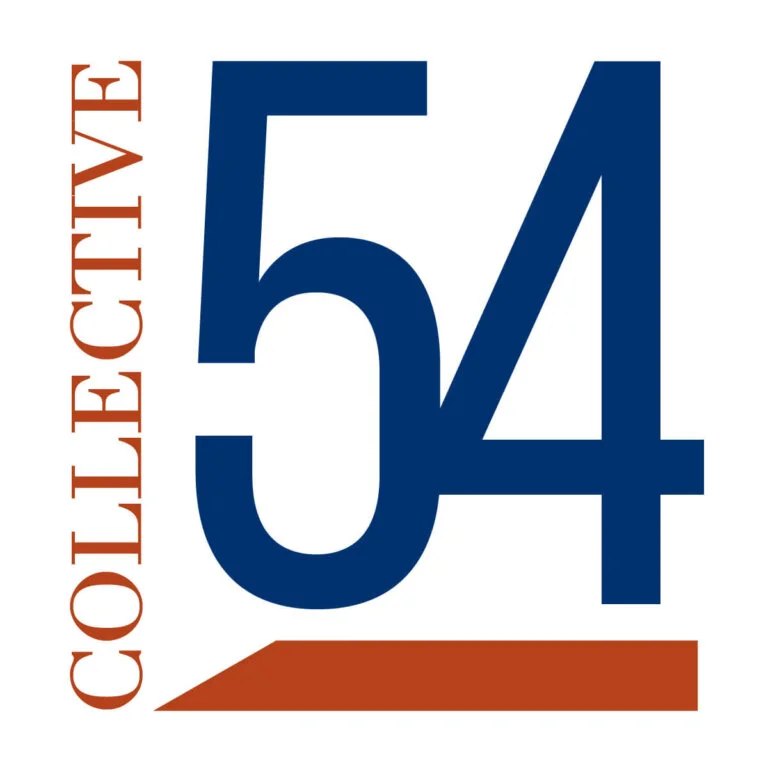|
Getting your Trinity Audio player ready...
|
Hire Slow, Hire Right: Lessons from Our Growth Journey

My dad founded Corporate Insight in 1992 as a solo marketing research practitioner. He was content in that role—until 1997, when he hit on an idea to productize research. That’s when I joined him, and within three months, we launched our new service and made our first non-family hire. At the time, we thought we’d stay a small, five-person operation. But the market had other ideas, and as demand grew, so did our team.
In the early days, hiring was simple. With a small, tightly knit team, I was directly involved in every hiring decision, ensuring we built a strong culture, even if we hadn’t explicitly defined our values. Being a family-run business, those values were inherently baked in.
The Growing Pains of Scaling Up
As we diversified our offerings, I shifted my focus to sales and away from daily operations. We introduced our first management layer, entrusting team leads with hiring decisions. That’s when the cracks started to show.
I assumed our expectations and standards were understood. They weren’t. Without clear hiring criteria, managers relied on their own instincts. Some prioritized candidates from elite schools. Others valued grit and real-world experience. Some based decisions primarily on personal rapport.
It wasn’t deliberate or malicious—just human nature. People naturally hire in their own image. But this lack of consistency led to a fragmented culture, increasing attrition and eroding firm-wide cohesion. Once we crossed 30 employees, the impact was undeniable. Some teams developed distinct subcultures, and turnover became a real issue. Many new hires left within a year or two.
The situation forced me to reinsert myself into the hiring process as a final gatekeeper—an unsustainable solution. We needed a structured, values-driven approach to hiring.
A Deliberate Hiring Process
To fix the problem, we formed an internal Hiring Committee tasked with improving the quality of our hires while reducing turnover. After researching best practices, we implemented a structured, multi-step process:
- Identifying Key Attributes – We analyzed the backgrounds of our most successful employees to define the core traits that aligned with our culture.
- Refining Job Descriptions – We rewrote job postings to reflect both our company values and the true requirements of each role.
- Implementing Rigorous Screening – Our new hiring process includes:
- Initial phone screen – To gauge interest and assess basic qualifications.
- Writing and analysis test – A task mirroring actual job responsibilities.
- Behavioral interviews – To evaluate attitude, creativity, and intellect.
- Reference checks – To validate the candidate’s fit and track record.
Perhaps the biggest shift was in our mindset. Instead of looking for reasons to like a candidate—an easy trap when hiring people who resemble ourselves—we trained interviewers to look for reasons to say “no.” Hiring is one of the most critical contributions we make to our company’s success, and we needed to set a high bar.
The Results and the Lesson Learned
The impact has been profound. Most of our management team is now promoted from within, and while attrition spiked during the Great Resignation, it has since declined significantly. Today, our turnover rate is well below industry benchmarks, and our average tenure continues to rise.
Looking back, I realize that while structured hiring processes are essential, the real game-changer was codifying our values. If I could go back, I would have defined our cultural DNA before hiring our first non-family employee. Now, with nearly 100 employees, one of my key responsibilities as CEO is ensuring that every new hire understands who we are. Within their first month, I personally present our company’s history and values, sharing stories and examples that bring them to life.
Culture isn’t something that happens on its own—it must be intentionally built and protected. Hiring slow and hiring right is the best way to do it.
